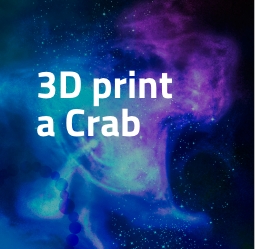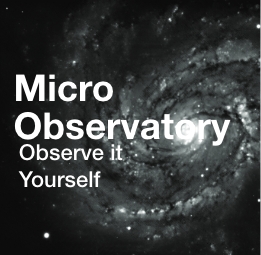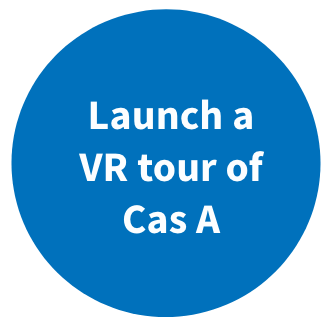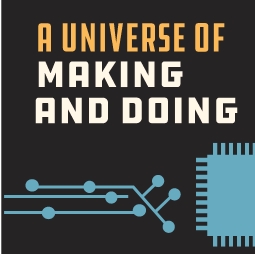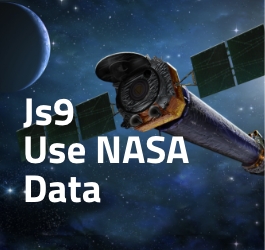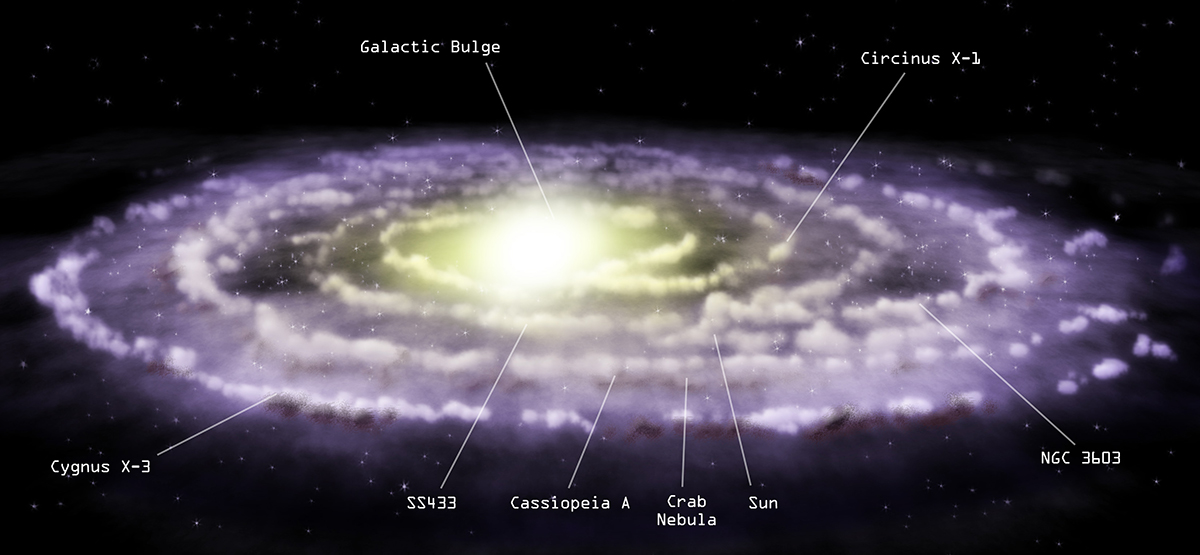

6,500 light years from Earth, the Crab Nebula contains the remains of an exploded star. The powerhouse "engine" energizing the Crab system is a pulsar (a rapidly spinning neutron star), which is sending out bursts of radiation 30 times a second.
In addition to representing the information in 3D, we can also translate it into sound.
In Experts used X-ray data from Chandra to create a 3D representation of the Crab to explore. The structures revealed include the pulsar and a ringed disk of energized material, with jets of particles that fire off from opposite ends of the energetic pulsar.
Try it yourself!

One of the most famous bodies in the night sky is the Cassiopeia A supernova remnant, located about 11,000 light years away from Earth. This object was created when a massive star ran out of fuel and exploded, hurtling its outer layers into space at millions of miles per hour. Because this material has been superheated, it glows brightly in X-ray light that is more energetic than what humans can see with their eyes.

This data of Cassiopeia A was captured by Chandra and combined with infrared and visible light to make the first ever 3D model of an exploded star. The colors shown in the 3D model map locations of iron, silicon, sulfur and other chemical elements in the remnant.
In addition to representing the information in 3D, we can also translate it into sound.
Try it yourself!
